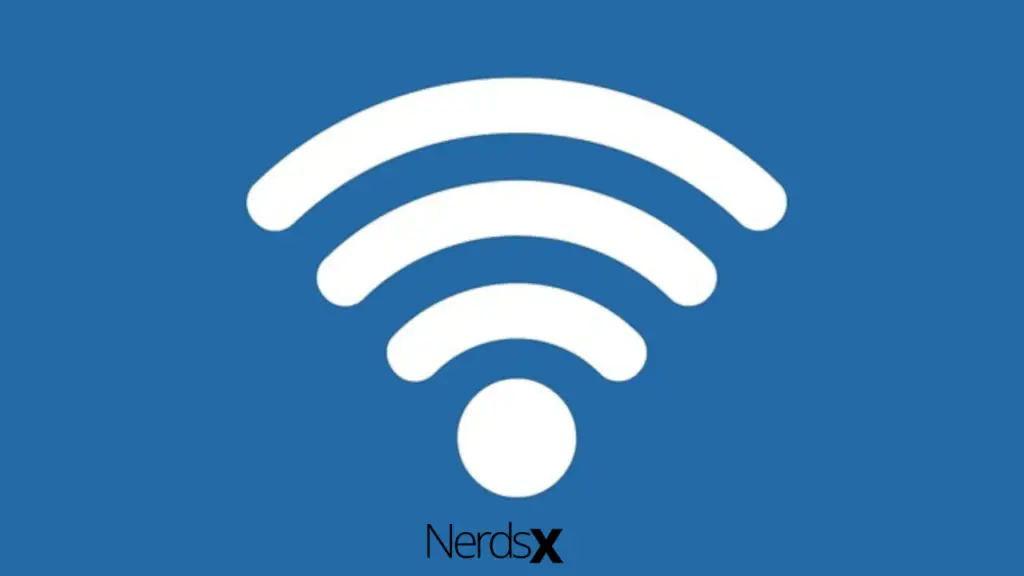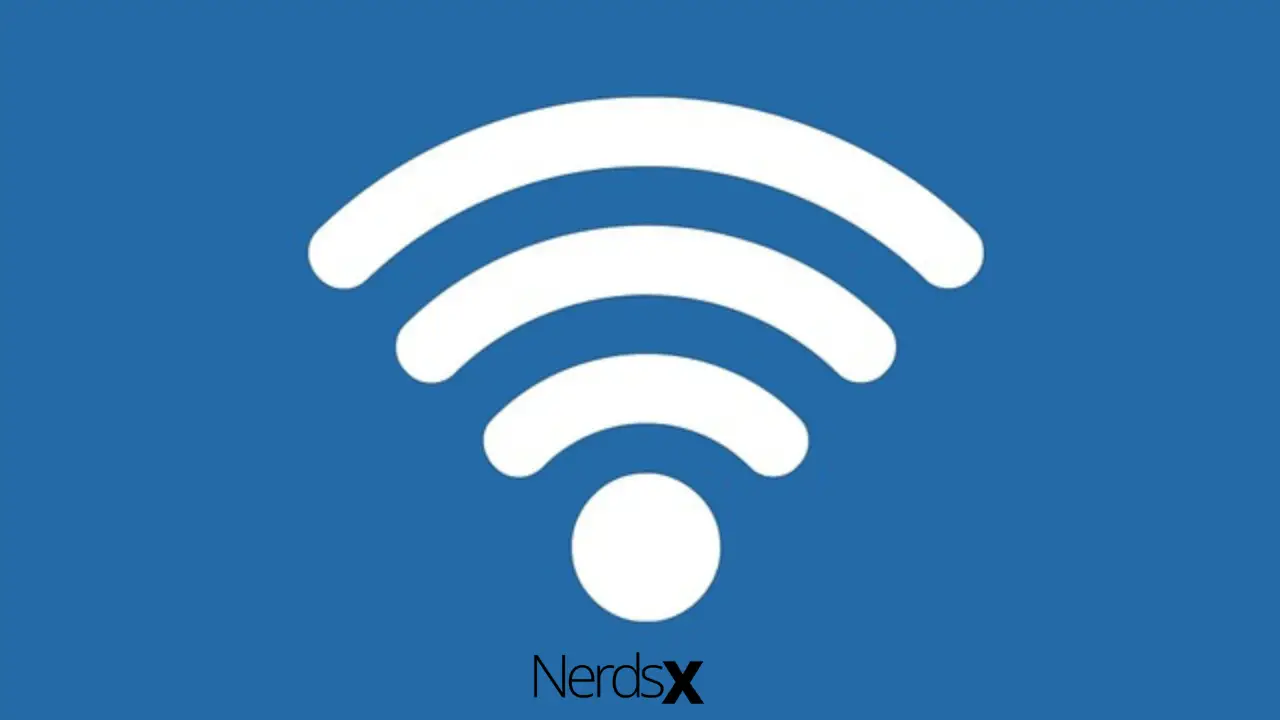Wi-Fi calling is a valuable function that allows you to make cellular calls while connected to the internet. It comes in handy when you have access to a Wi-Fi network and want to improve the clarity of your audio calls. Regular phone calls are routed through your Wi-Fi network by default. Unfortunately, many Android users, particularly Samsung’s Galaxy series phones, cannot use Wi-Fi calling. This article will show you how to force Wi-Fi Calling on Android in a similar situation.
How Do We Define Wi-Fi Calling, And How Does It Function?
Wi-Fi Calling is when you make a phone call over a Wi-Fi network. Instead of using the carrier’s network and cell towers, you use the Wi-Fi network to make the call. That is the same hotspot to which your phone is connected, dialing the same phone numbers.
VoIP (Voice over Internet Protocol) technology is mainly for Wi-Fi calling. Many protocols are in use, but SIP, H.323, and RTP/RTCP Protocols are the most used.
These protocols aid in the transmission of voice over the internet. A VoIP system does not require a traditional phone system because everything happens over the internet.
Which Carriers Support Wi-Fi Calling?
All major carriers support Wi-Fi Calling. Wi-Fi Calling is available right out of the box on all new Android and iPhone smartphones. However, the most up-to-date information is on the carrier’s website.
1. Sprint’s website, Sprint: Wi-Fi calling is supported on most current Android phones and iPhone 5c and newer. Go to Settings and find the Wi-Fi Calling option to see if your phone supports it.
2. T-Mobile: Wi-Fi Calling is available on all new T-Mobile phones. Visit the Device Support page to learn more about your device. To view the instructions, locate and pick your device, then go to “Calling, Contacts & Calendar” and then “Turn on/off Wi-Fi Calling.” Your phone isn’t compatible if Wi-Fi Calling isn’t on the list.
3. AT&T: Wi-Fi Calling is available on the majority of new handsets. Go to the Device page, choose your phone, and click View all support tutorials to see if your phone supports Wi-Fi Calling. Click “Calling & contacts” on the following page, then “Wi-Fi Calling.”
How Do You Enable Wi-Fi Calling On Your Android Phone?
Wi-Fi calling feature is widely available on most new phones released recently. On their phones, users can check this by heading to network settings and looking for the option. If the option isn’t present, the phone isn’t suitable for Wi-Fi calling. To facilitate Wi-Fi calling on Android phones, follow these simple steps.
On your Android phone, go to the Settings menu. Go to the Networks area of the website (This could be called the Connections section or even Mobile Networks).
Go to Wi-Fi Preferences and then Advanced in the Networks section.
Look for Wi-Fi Calling as a possible option. Users can choose which sim to enable if their phone has two SIM cards installed. Subscribers can turn it on for both numbers if they choose.
Some phones include a Wi-Fi calling option right in the Networks area, so you don’t have to go into the Advanced section to use it. Depending on the OS skins of different Android phones, the path may alter slightly.

How To Force Wi-Fi Calling If Not Working On Android
Wi-Fi calling can be a good alternative, but if it doesn’t work, you may find yourself in a situation where you can’t make a fully functional phone call when you need to.
Before you abandon Wi-Fi calling at the first indication of trouble, keep in mind that there are several ways to force your Android device to use Wi-Fi calling, some of which are relatively simple. Let’s look at ten of the most straightforward ways to force Wi-Fi calling on your smartphone.
1. Check Device And Network Support
If your cellular network provider does not provide Wi-Fi calling in your area, it will not operate. Similarly, your Android phone should be supported by your cellular service. My network provider, for example, does not support Wi-Fi calling on my Pixel 2 XL. So, make sure your device and network are compatible.
Google “network provider name Wi-Fi calling compatible phones” for the best results. The first result will direct you to the official website of your network provider, where you can check whether or not they offer it.
2. Restart Both The Phone And The Router.
When something goes wrong with an electrical gadget, the most basic answer is to reset it. If Wi-Fi calling works but then stops, it could be due to a problem with the device you’re using or your router. In either scenario, limiting your device or resetting the router is a straightforward remedy.
To restart a device, hold down the power button until a menu of options appears, one of which will be “Restart.”
If you’re still having trouble using Wi-Fi calling, try unplugging your network for 30 seconds and then plugging it back in. Most routers take a few minutes to come back to speed, so give it some time before trying the Wi-Fi calling option again.
3. SIM Card Should Be Removed And Reinserted.
If resetting the router and phone did not resolve the “Wi-Fi calling not working” issue, ejecting the SIM card from the device is another option.
Wipe it down with a microfiber cloth before replacing it in the device. That may urge you to approve some setup options. After then, try out the Wi-Fi calling feature once more.
4. Wi-Fi Calling Can Be Enabled Or Disabled
It’s conceivable that Wi-Fi calling hasn’t been enabled yet if you’re using it for the first time. Because the capability relies on the carrier and the device, it’s possible that Wi-Fi calling isn’t enabled by default on your smartphone.
In truth, just a handful of devices have this enabled. It’s also possible that specific smart device updates will completely block Wi-Fi calling.
Enter the Settings menu and search for “Wi-Fi Calling” in the Search box to see if Wi-Fi calling is enabled (the name may vary slightly based on the device in question).
You may also check for Wi-Fi Calling in the Network & Internet area, under Mobile Network. Check if the Wi-Fi calling option is activated after you’ve chosen the network you’d like to use for these calls. If it isn’t already, do so now. Most devices should get a new symbol in the top right corner of the screen to signify their operation.
5. Make Sure Your Wi-Fi Is Turned On And Working
It goes without saying that if your Wi-Fi connection is disabled, you can’t be connected to it, or you are out of range, you will be unable to use the Wi-Fi calling feature.
For a variety of reasons, a Wi-Fi feature can be switched off. It’s as simple as going into the Quick Settings menu and selecting the Wi-Fi symbol till it lights up.
If you prefer a more elaborate setup, go to Settings and select Network & Internet, then Wi-Fi, and connect to your network of choice.
Once the connection is established, try navigating to a website using the device’s browser or viewing a YouTube video to see if the Wi-Fi works.
If the network isn’t responding, you’ll need to perform some troubleshooting to figure out what’s wrong with the Wi-Fi.
6. Connect To A Wi-Fi Network From A Different Location�?
The problem may be with the Wi-Fi network to which you’re connected. If Wi-Fi Calling isn’t working on one network, try connecting to a different Wi-Fi network and testing the functionality.
If it works on another Wi-Fi network, there’s a problem with the first one you tried, and you can check into troubleshooting methods for that one. Your router is most likely the source of the problem, so check its settings or contact your Wi-Fi provider.
Turn On The Airplane Mode�?
Even though a device’s Wi-Fi calling feature is activated, calls are automatically routed through the network when the mobile network’s signal is strong. If you still want to use Wi-Fi calling, you’ll need to disconnect from your mobile network briefly.
To do so, press the Airplane mode button on your phone. Your mobile network connection will be disabled as a result of this action. After you’ve toggled it on, enable Wi-Fi from the Quick Settings menu, and your Wi-Fi connection will be your only option for making phone calls.
After you’ve finished your call, remember to turn off airplane mode to re-establish your mobile network connection.
1. Check For Updates In Software�?
Due to a fault in the device’s firmware, Wi-Fi calling occasionally stops working. While rebooting the device can solve the problem, it may occur again if the bug is still present.
Here’s how to see if your Android handset has any software updates:
1. Open the Settings app on your phone.
2. Scroll to the bottom of your phone’s page and select System (older devices have about the phone).
3. To check for the available updates, go to the Advanced menu.
4. Check for updates after tapping on System update.
5. If there are any new software updates to install, you will be notified and be given the option to begin the process.
6. Reset Network Configuration
There is another way to reset everything for the network without rebooting your phone.
There are several Reset options under the System umbrella in the Settings menu. To reset Wi-Fi, Bluetooth, and other connectivity settings, go here and select Reset Network Settings.
If the problem’s cause was a change or malfunction in one of the network settings, this might be the solution. Because this reset does not affect data storage, you will not lose any vital information.
2. Reset App Preferences
If the problem is with any specific app you use for Wi-Fi calling, you can reset the app’s settings.
Although only minor changes have likely occurred in the default settings, you can still restore them to their previous form to see whether this resolves the problem.
You can also accomplish the task by going to Settings, then to the System Menu, then to the Reset section, then selecting Reset App or Reset Settings.
Conclusion
While Wi-Fi calling is a fantastic service, you cannot use it to its total capacity in all circumstances. Because your phone switches between cellular and Wi-Fi calling automatically, Remember your phone favors cellular networks even when coverage is poor.

